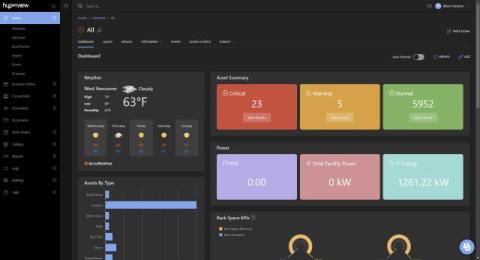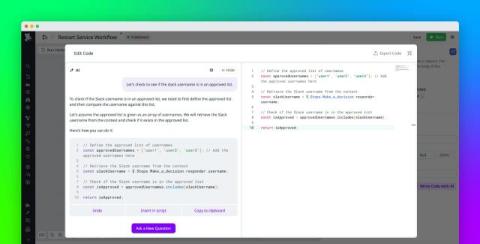11 Tips to Streamline Your Data Center Operations with DCIM Software
DCIM software consolidates all critical information into a single dashboard, giving you a bird’s-eye view of your entire infrastructure. Centralized monitoring minimizes blind spots and ensures real-time visibility of key metrics like power usage, cooling efficiency, and server health.











